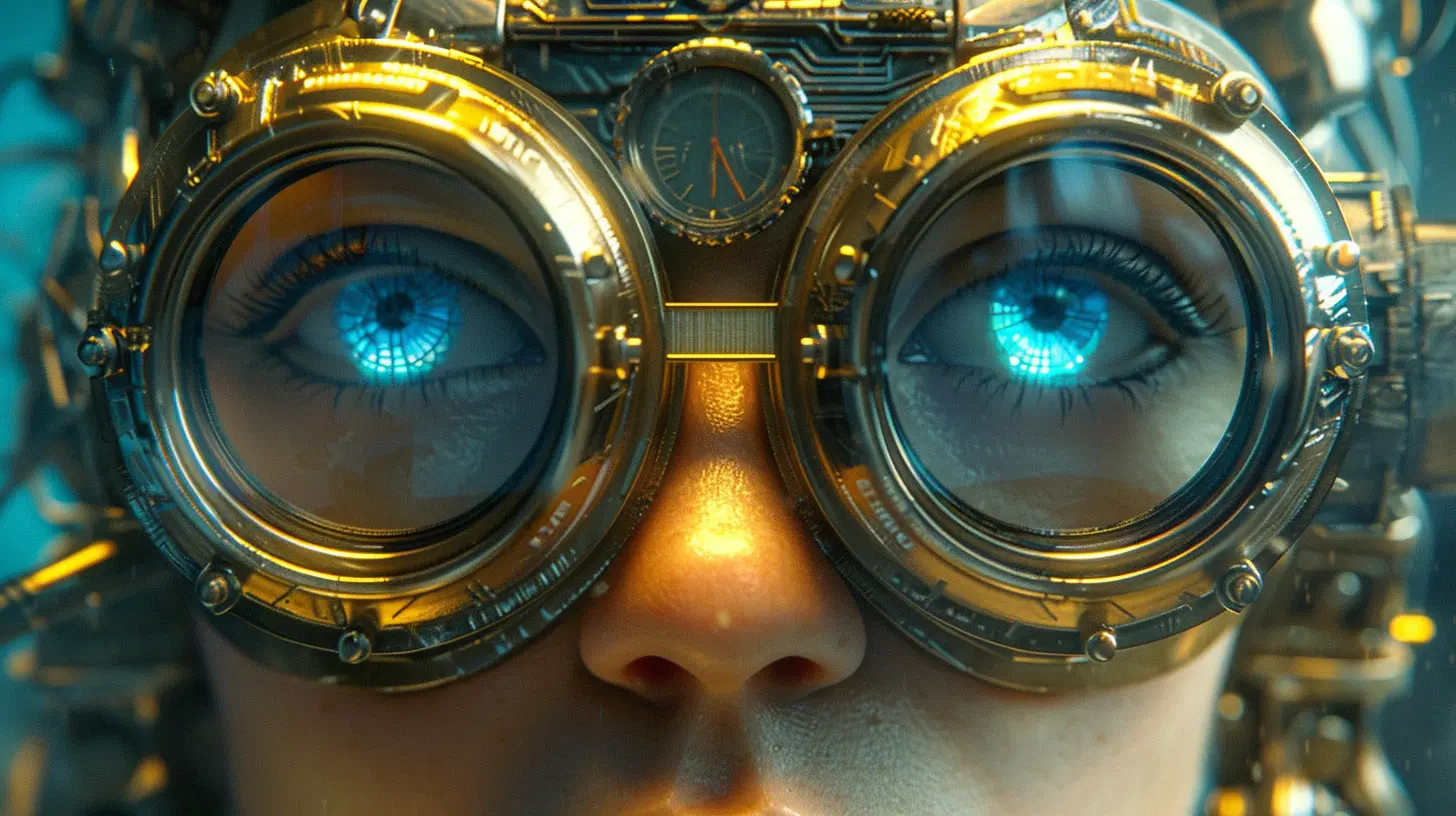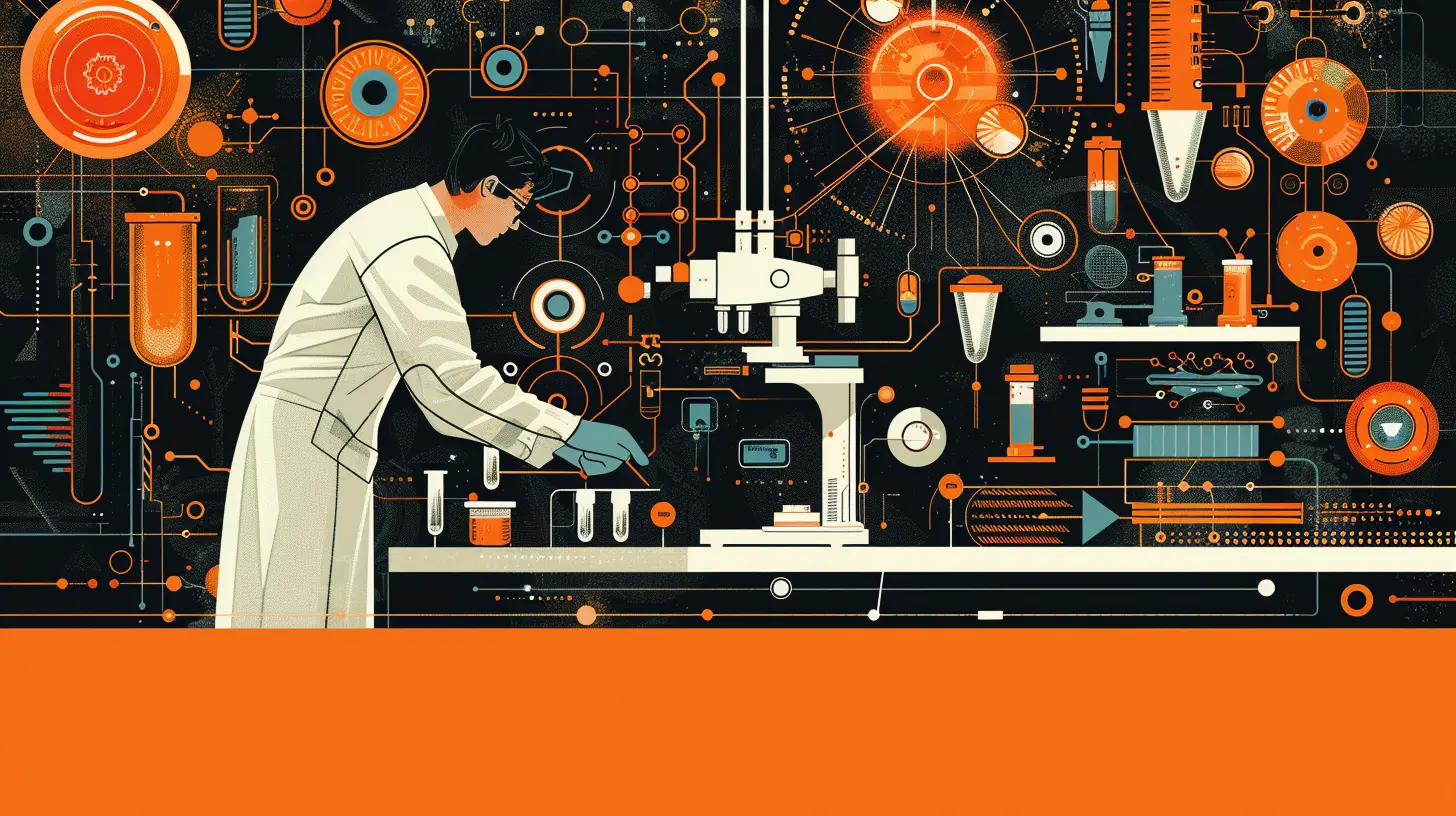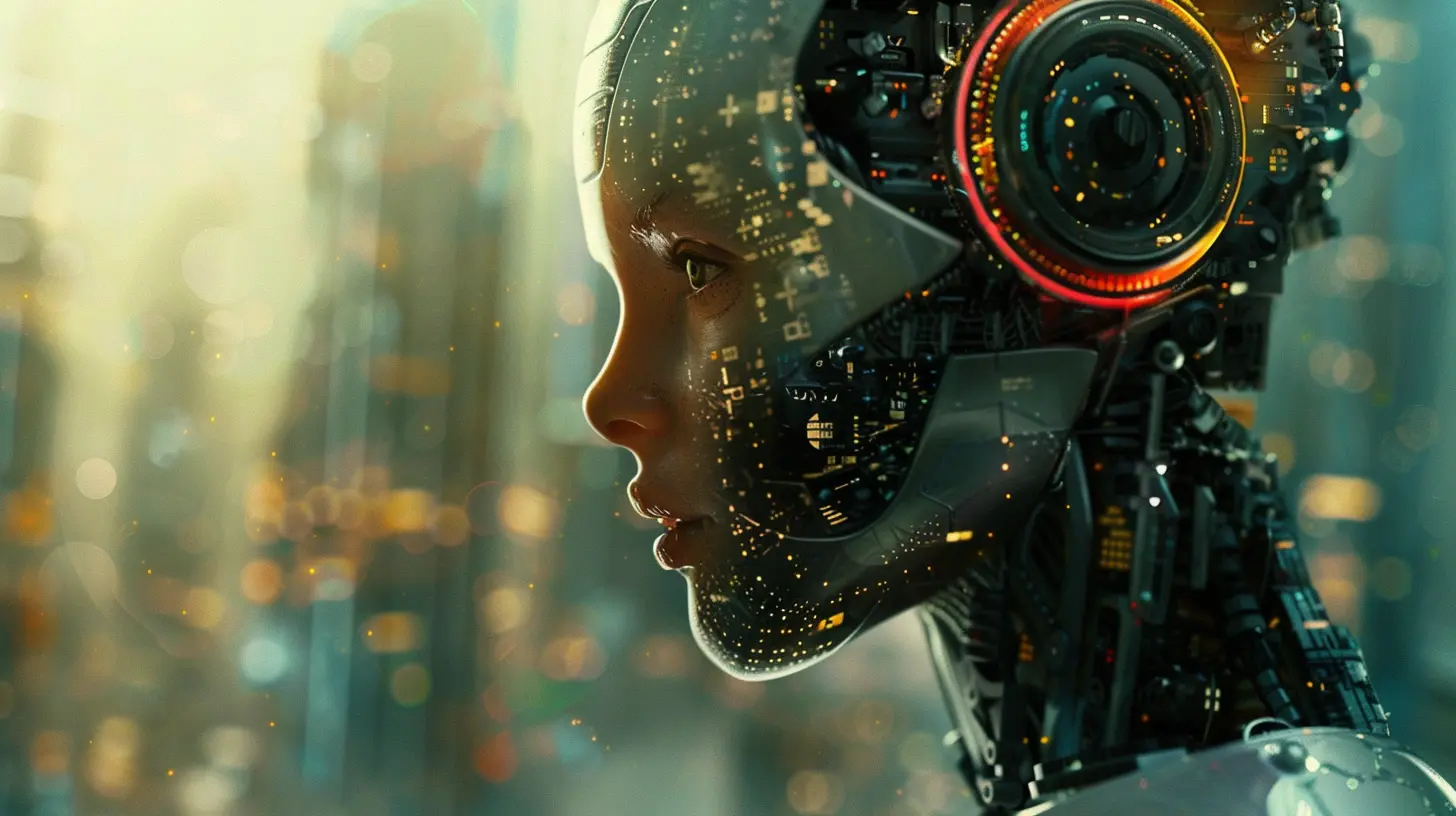The Role of Data Scientists in a Machine Learning-Driven World
2 July 2025
Let’s take a wild guess—you’ve been hearing the term “data scientist” basically everywhere, right? It pops up in job boards, news articles, Netflix documentaries, memes… you name it. And if machine learning (ML) were Hollywood, data scientists would be the behind-the-scenes stars making the blockbuster hits happen. 🎬
In a world that’s increasingly run on algorithms, machine recommendations, and predictive models, the role of data scientists has never been more important (or cooler, honestly). But what exactly do data scientists do in this whirlwind of code and chaos? Why is everyone fighting over them like hot concert tickets? And do they really just sit at their computers all day running fancy scripts?
Let’s break it all down—no jargon, no confusing lingo, just real talk.
What Exactly Does a Data Scientist Do?
In simple terms? They make sense of data. Tons of it. Mountains of it.Picture this: businesses today are sitting on oceans of data—from customer purchases to website clicks to social media likes. But having data isn’t the same as using it. That’s where data scientists come in.
They dive into this information, clean it (data’s messy—like, laundry-after-a-camping-trip messy), find patterns, and then build models (often using machine learning) to predict or automate stuff.
Imagine a fortune teller… but one who uses math, stats, and Python instead of tarot cards.
Common Tasks of a Data Scientist:
- Collecting and cleaning data (data wrangling—yee-haw!)- Exploring and visualizing trends
- Building and training machine learning models
- Telling stories with data to convince businesses what to do next
- Testing and tweaking models till they sing
They’re part statistician, part engineer, part business consultant, and full-time magician when the model actually works.
Why Data Scientists Are a Big Deal in the ML Age
Okay, so you might be thinking: “Why can’t artificial intelligence just do all of this automatically?”Good question.
Yes, machine learning models are powerful, but they don’t build—or even understand—themselves. They need guidance, training, babysitting, and fine-tuning. It’s kind of like raising a toddler who can count cards, but still needs help crossing the street.
Data scientists are the ones who shepherd machine learning projects from a fuzzy idea (“We want to predict customer churn!”) to a working system (“Here’s a 92% accurate model that alerts the team before customers cancel.”)
They:
- Choose the right algorithms (not every model fits every problem)
- Understand the business context (no point predicting something useless)
- Make sure the data isn’t biased, broken or just plain weird
- Continuously monitor and improve models in the real world
So while ML is the engine, data scientists are the mechanics, drivers, navigators, and sometimes even the fuel. 🚀
The Not-So-Secret Sauce: Collaboration
Here’s something many people don’t realize: data scientists don’t work in a vacuum. (Unless you count coffee-fueled 2 a.m. coding binges.)They team up with:
- Engineers to get data pipelines running smoothly
- Product Managers to understand what’s actually useful to build
- Analysts & Stakeholders to explain what the model is doing (without needing a PhD to understand it)
- UX Designers to ensure the insights and predictions are user-friendly
Being a data scientist means being a bridge between the technical and the practical. It also means saying “it depends” at least 37 times per day. 😅
The Data Science Toolkit: What Powers These Wizards?
So what tools are in a data scientist’s magic bag?🧰 Common Tools and Languages:
- Python and R (the BFFs of data science coding)- Jupyter Notebooks (great for sharing code and visuals)
- SQL (because data still lives in tables)
- Pandas, Scikit-learn, TensorFlow, PyTorch (the usual suspects)
- Cloud Platforms like AWS, GCP & Azure (because everything’s moving to the cloud)
- Power BI or Tableau (for making fancy charts that impress the boss)
But the most important tool? Curiosity. If you don’t like asking “why?”, or you stop at the first answer you find, this field will eat you alive.
Machine Learning Projects That Would Be Lost Without Data Scientists
Let’s look at some real-world ML applications that absolutely need data scientists to come to life.1. Recommender Systems
Yes, Netflix knows you better than your mom. But data scientists built the magic behind it. They decide what signals matter—your viewing history? The time of day you watch? That weird documentary binge last weekend?All these inputs fuel machine learning models that keep you glued to your screen (you know they’re working when you only meant to watch one episode).
2. Fraud Detection
Banks use machine learning to spot weird behavior: someone just used your card in Brazil, while you’re sipping coffee in Brooklyn? Suspicious.Data scientists train these detection models, helping them distinguish between "you're on vacation" and "hacker alert!"
3. Predictive Maintenance
Factories now use ML to sense when machines are likely to fail before they actually do. It’s like giving machines the ability to say “uh oh, I don’t feel so good” before they go kaput.Again, data scientists figure out the warning signs and build the models to catch them.
4. Chatbots & Virtual Assistants
Think Siri, Alexa, or customer service bots. Data scientists help train these systems to understand human language (which is messy, sarcastic, and full of slang), and respond intelligently.Without them, you'd still be shouting "REPRESENTATIVE!" into your phone 10 times.
The Evolving Role of Data Scientists
The job of a data scientist has already changed a lot—and it's not done evolving.Here’s how:
🕹️ From Explorers to Product Owners
Originally, data scientists were like explorers charting new lands of data. But now, they’re expected to own ML-driven features—from conception to production.That means understanding infrastructure, deployment, and maintenance of models—yep, being "just the analyst" isn't enough anymore.
🧠 More ML, Less Spreadsheet
As more companies embrace machine learning, the bar is shifting. It's no longer about just analyzing past data—it’s about building systems that adapt, learn, and make decisions in real-time.Data scientists are becoming more like machine learning engineers (and vice-versa).
🤝 More Soft Skills, Not Just Hard Math
Being a master of code is great, but if you can’t explain your findings to the marketing team—or convince your boss that your model matters—you’ll hit a wall.Storytelling, communication, and empathy are huge parts of the role now.
So… Do You Need a Data Scientist?
Quick self-check:- Got data? (Even messy, ugly data?)
- Have recurring questions like “what’s going to happen if we…?” or “how do we improve X?”
- Want to build ML features but don’t know where to start?
- Tired of spreadsheets that tell you what happened but not what will happen?
If you answered “yes” to any of those, then yep—a data scientist could be your next MVP.
They might not wear capes, but they do save companies from drowning in data without direction.
TL;DR – The Big Picture
Data scientists are kind of like the Swiss Army knives of the tech world. They clean up messy data, find hidden stories, create models that predict the future, and help businesses make better decisions every day.In our machine learning-driven world, they’re not just helpful—they’re essential.
So the next time your Spotify playlist hits just right, or your online order arrives before you even remember clicking “buy,” chances are—there’s a data scientist (and a machine learning model) to thank for that.
And if you’re dreaming of joining the ranks? Roll up your sleeves—it’s an exciting ride.
all images in this post were generated using AI tools
Category:
Machine LearningAuthor:

Adeline Taylor
Discussion
rate this article
2 comments
Darius Harris
Data scientists: the wizards who turn coffee into algorithms. Without them, we'd just be staring at spreadsheets wondering why our toaster isn't smart enough!
November 15, 2025 at 11:57 AM

Adeline Taylor
Absolutely! Data scientists transform raw data into valuable insights, making technology like smart toasters possible. Their expertise is crucial in bridging the gap between complex data and real-world applications.
Maribel Valentine
Great insights! Data scientists are indeed the backbone of machine learning, transforming raw data into actionable insights. Excited to see where this field leads!
July 14, 2025 at 4:52 AM

Adeline Taylor
Thank you! I'm glad you found the insights valuable. The future of data science is definitely exciting!


